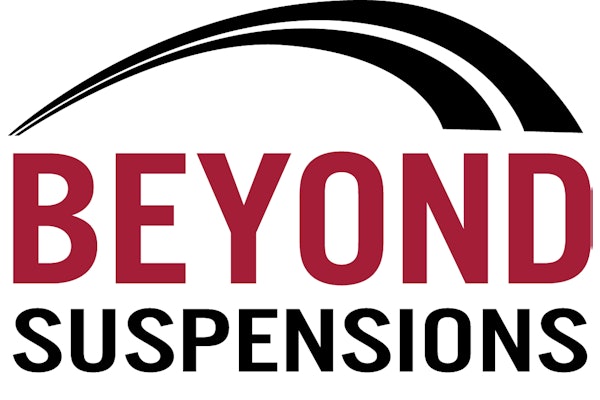It is a fact: Oil gets used up and there is no way to stop that from happening. But there are some things that can be done to slow down oil contamination.
There is no standard definition for oil degradation. According to Dan Arcy, technical marketing manager, Shell Lubricants, oil becomes non-useful when it becomes contaminated or when the additives in it are consumed.
The conditions the oil operates in impact its life expectancy, according to Eric Olsen, staff engineer, Lubricants Technology Team, Chevron Global Lubricants.
“The oil is exposed to high temperatures, combustion, reactive gases, acids and burning hot surfaces. It is a very severe environment.”
Oils are formulated with base oils and additive systems designed to survive these harsh conditions.
Six items are responsible for most oil contamination: Wear metals, dirt, soot, fuel, water and antifreeze/coolant.
There always will be some wear metals in the oil, but the oil must be monitored to ensure the amount of those metals does not become excessive.
Dirt and debris can contaminate the oil as a result of a bad air intake system that allows unfiltered air to get into the engine, according to Arcy.
Soot is one of the biggest causes of contamination and is the result of partially-burned fuel. “Soot contains small carbon particles that are very abrasive and tend to agglomerate into larger masses in the oil, causing even more damage,” Olsen explained.
Newer oils are formulated with dispersant systems which keep the soot particles small so they are less harmful.
According to Arcy, some truck and engine manufacturers have set condemning limits on the amount of soot allowed in the oil before it must be replaced. In many cases 3% is the maximum allowable limit of soot.
People often think that oil turns black when it is contaminated. This is not the case. Blackened oil just indicates the presence of carbon and if the dispersants are working, the soot will remain small particles suspended in the oil.
Oil thickening is a sign that the soot is agglomerating and the dispersants aren’t working to their full potential.
Excessive fuel in the oil indicates a failure in the fuel system.
Oil that turns a milky color indicates that coolant has contaminated the oil.
While contamination can’t be prevented, it can be managed. The first step toward long oil life is to follow the manufacturer’s recommendations for oil type and drain intervals.
Once oil reaches a certain level of contamination, it must be replaced. Oil analysis is one good way to determine proper oil drain intervals.
“With oil analysis, you watch the Total Base Number (TBN) and wear metals. This allows you to determine at what mileage the oil will be used up,” Olsen said. “Check the health of the oil by tracking the TBN. As the oil neutralizes acids, the TBN will go down.”
Along with TBN, he also recommended you track the Total Acid Number (TAN). “One recommendation is to change the oil at the point where the TAN and TBN curves intersect. TAN goes up with time while TBN goes down. However, wear metals can be even more sensitive, and if lead levels start to rise, it’s time to replace the oil regardless of the TBN.”
The reason to change oil, according to Arcy, is because by-products of combustion are getting into it.
Obviously, you want to replace the oil before these additives are completely depleted and before the engine is harmed. The trending reports that constant oil sampling and analysis provide will allow you to do just that.
While oil analysis will indicate that there is a problem, the technician still must pinpoint the exact cause.
“If a technician looks at an oil analysis report and sees that the sample was positive for coolant or had high levels of potassium, he knows there is a coolant leak,” Arcy explained.
“Then he has to be able to diagnose where the leak is. Is it in the cylinder line? The head gasket? And once he finds the source, he needs to repair the problem.”
We asked the oil experts if the type of base oil (synthetic or not) made a difference. “If you have soot coming from combustion, it does not matter what kind of oil you have, the soot will get into the oil,” Arcy said.
What can make a difference is using a premium oil with a robust additive system, proven to satisfy the engine makers’ requirements, Olsen said.
Arcy explained that higher quality oils have increased oxidation inhibitors and other additives that enable them to perform at a higher level.
Using the proper oil for the engine also is key. “For the newest engines an API CJ-4 oil must be used to protect the particulate filter, and for older engines premium oils still make a difference in maximizing engine life,” Olsen said.
While you can’t stop contaminants from entering the oil, by using the proper oil for the engine and changing it and the filter on a regular basis, you can maximize the life of the oil and protect your customer’s engine.








